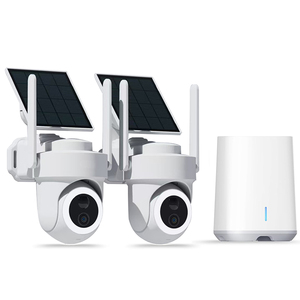Introduction to Station Monitoring
Station monitoring is a vital process in numerous industries, particularly in energy and transportation sectors, where real-time data collection and analysis are crucial. It encompasses a range of tools and technologies designed to oversee and manage the operation of different stations, ensuring they function optimally and efficiently. This proactive approach to management significantly reduces downtime and enhances overall productivity.
Types of Station Monitoring Systems
- Environmental Monitoring: This type focuses on tracking meteorological and environmental conditions that could affect station operations.
- Safety Monitoring: Systems that keep a close watch on safety parameters, ensuring compliance with regulatory standards.
- Performance Monitoring: Monitors key performance indicators (KPIs) to analyze efficiency and effectiveness.
- Security Monitoring: Includes video surveillance and alarm systems to protect assets and personnel.
- Energy Monitoring: Tracks energy consumption and generation, enabling better resource management.
Applications of Station Monitoring
- Energy Sector: Station monitoring is critical for power generation stations, wind farms, and solar energy plants to ensure all components operate within safe parameters.
- Transportation: Airports, railway stations, and bus terminals use monitoring systems to manage traffic flow, ensure safety, and maintain services.
- Manufacturing: In factories, station monitoring tracks equipment functionality, preventing unexpected breakdowns and optimizing productivity.
- Data Centers: These facilities rely on station monitoring for climate control, power supply management, and security.
Features and Advantages of Station Monitoring Systems
- Real-Time Data Collection: Facilitates the immediate gathering of operational data, allowing instant decision-making.
- Alerts and Notifications: Sends alerts for any anomalies, enabling quick responses to potential issues.
- User-Friendly Interfaces: Feature rich dashboards that provide an easy-to-understand visual overview of station performance.
- Scalability: Systems can be expanded to accommodate future needs without significant overhauls.
- Cost Savings: By preventing downtime and optimizing resource use, businesses can see considerable cost reductions.














































